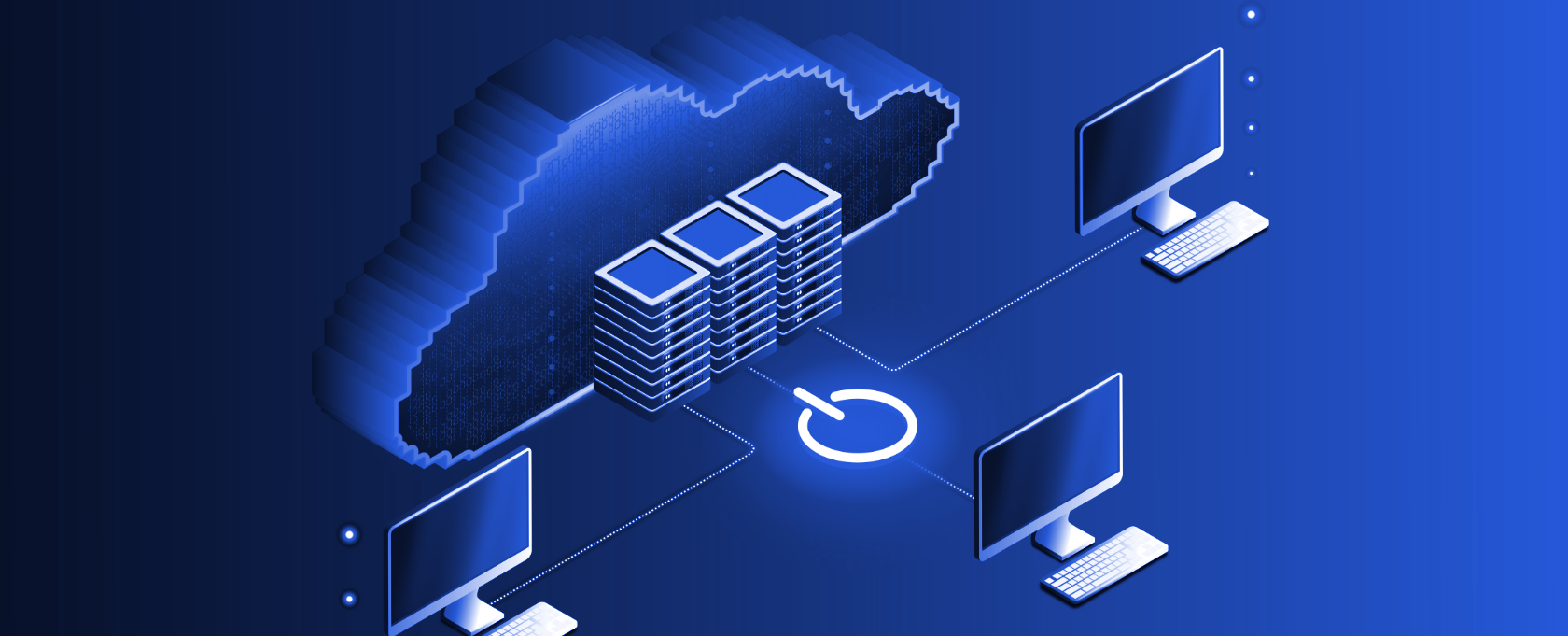Increasing demand for data and the rise in internet users make security crucial for many businesses. Adopting the cloud has been vital for such businesses to handle massive data, but at the same time, maintaining security can be challenging. This is where cloud security engineering comes into play. In cloud security engineering, you design and implement proactive security measures that protect data, applications, and infrastructure hosted in cloud environments.
According to a recent study, 45% of businesses suffered from a cloud data breach in the past 12 months. This is a significant increase from the 30% of businesses that experienced a cloud data breach or failed to perform audits in the previous year. Cloud security engineering ensures no data breaches and delivers a secure user experience.
This article will discuss infrastructure risks, cloud security best practices, threat modeling, and risk assessment. Let’s begin by understanding crucial infrastructure risks in the cloud.
Understanding the Most Pressing Infrastructure Security Risks
Digitization is increasing infrastructure security risks, especially from malware, ransomware, and malicious injections. As data sets grow, so does the likelihood of a security breach. Organizations must store, manage, and protect this data. Some critical cyber threats to consider are:
- Malware – programs that hackers spread through email attachments, malicious websites, and infected USB drives.
- Ransomware – where attackers encrypt files on a computer that you can access only after paying a ransom.
- Phishing – a cyber-attack where hackers ask users to click a link in disguise, leveraging social engineering.
- Denial-of-service (DoS) attack – A DoS attack attempts to overwhelm a computer system with so much traffic that it becomes unavailable to legitimate users.
- Man-in-the-middle attack – A man-in-the-middle attack is where attackers gain access to data exchanged between the server and the browser.
- Cloud misconfiguration – Cloud misconfiguration is a mistake in setting up a cloud environment that can lead to security vulnerabilities.
Impact of Security Breaches on Business Operations
Cloud security breaches can significantly impact business operations. Some potential impacts include:
- Data loss or theft: Sensitive data, such as customer information, intellectual property, or financial data, may be lost or stolen in a cloud security breach. This can lead to financial losses, reputational damage, and regulatory fines.
- Service disruptions: Cloud security breaches can also cause service disruptions. This can happen if the cloud provider cannot provide services due to the breach or if customers are reluctant to use cloud services due to security concerns.
- Compliance issues: Cloud security breaches can also lead to compliance issues. For example, if a cloud provider cannot meet the security requirements of a particular industry, customers in that industry may violate regulations.
- Loss of trust: Cloud security breaches can also lead to a loss of trust from customers. This can make it difficult for businesses to attract and retain customers and damage relationships with partners.
Key Components of Cloud Security Engineering
Some critical components of cloud security engineering are:
- Cloud Access Security Broker (CASB) is a software tool or service that acts as a gatekeeper between an organization’s on-premises infrastructure and a cloud provider’s infrastructure.
- Cloud firewalls replicate the functions of on-premises firewalls in public or private cloud environments.
- Identification and Access Management (IAM) is a framework consisting of policies and technologies that ensure authorized personnel in an enterprise have access to the necessary technology resources.
- Intrusion Detection Systems (IDS) monitor networks and systems for malicious activity.
- Data Loss Prevention (DLP) systems are tools that safeguard data from loss, misuse, or unauthorized access.
- Security Information and Event Management (SIEM) analyzes security alerts from applications and network hardware.
- Cloud encryption renders data unreadable to unauthorized users, reducing the risk of breach.
Blazeclan Helped A Banking Institution Save 30% of Operational Cost
Blazeclan helped a banking client secure its critical infrastructure and applications hosted across multiple public cloud platforms. It provided a centralized security solution, secure architecture design, continuous monitoring, and incident response. This cloud security success story is one of the many clients Blazeclan has helped over the years.
Blazeclan’s Cloud Security Engineering Solution
Blazeclan is a recognized cloud advisory, migration, and management services leader. It helps enterprises leverage cloud technologies to scale securely. Blazeclan’s cloud engineering solution helps businesses secure cloud infrastructure from several cyber threats, including cross-site scripting, man-in-the-middle attacks, and more.
It uses advanced analytics, security operations (SecOps), and modernization strategies to offer cost-effective solutions for clients. Further, Blazeclan leverages an agile, and scalable approach to help enterprises scale their capabilities.
Blazeclan’s cloud security, data governance, and migration expertise accelerates digital transformation across business domains.
Specific Infrastructure Security Challenge Faced by A Client
The bank needed to comply with APRA regulations for AWS production workloads. They required potent controls in several security domains. To achieve this, the client needed strong controls for each of the security domains, including,
- Centralized user access management
- Seamless SSO
- Vulnerability management
- Configuration compliance
- Security incident monitoring,
- Privileged activity monitoring.
How did Blazeclan Design A Tailored Security Solution to Mitigate the Challenge?
Blazeclan built a security operations center on AWS for a banking client, allowing easy monitoring of log data from various services. The SOC improved visibility and control over the client’s cloud infrastructure, enhancing security, compliance, and risk assessments.
To improve security and compliance, the customer’s ADFS was integrated with AWS IAM for RBAC to improve security and compliance. IAM roles were aligned with NIST CSF, and security domains were made compliant with APRA regulations. Security monitoring and response tasks were automated, and security operations playbooks were created.
Quantifiable Results Achieved by Implementing Cloud Security Engineering
Blazeclan’s centralized monitoring and management system led to estimated operational cost savings of over 30% compared to maintaining disparate point security tools. The system helped Blazeclan monitor and manage the client’s cloud security more efficiently, saving the client time and resources.
Best Practices for Effective Cloud Security Engineering
Here are some best practices for effective cloud security engineering:
- Use multi-factor authentication, RBAC, and restrict data access of cloud resources to ensure better access management.
- Encrypt data to maintain confidentiality and prevent unauthorized access.
- Secure configurations by setting up security groups, firewalls, and other controls to allow only authorized connections and traffic.
- Monitor misconfigurations that violate security policies and regulatory compliance.
- Perform regular audits of user access, resource configurations, security group rules, etc., to identify anomalies.
- Implement security monitoring using tools like CloudTrail, CloudWatch, and host-based monitoring to log, monitor, and alert on security events.
- Validate security controls by conducting recurring penetration tests, vulnerability scans, and security control assessments to validate the effectiveness of deployed security.
- Maintain cloud security posture using proactive security measures and posture management tools.
- Prepare an incident response plan for security events like breaches, DDoS attacks, or malicious insider activities.
Impact and Benefits of Cloud Security Engineering
Cloud security engineering plays a crucial role in safeguarding digital assets stored and processed in cloud environments. Its impact is significant, offering enhanced data security, minimized risks, and increased operational efficiency. This is also crucial for cloud security automation and improved data protection.
By integrating proactive security measures during the design and deployment phases, cloud security engineering ensures that sensitive information remains inaccessible to unauthorized parties. This fosters trust among users and clients, enhancing a company’s reputation.
Benefits extend to compliance adherence, cost-effectiveness, and scalability, as streamlined cloud security best practices lead to reduced vulnerabilities and potential breaches.
Conclusion
Cloud security engineering practices are vital to ensuring data protection and a secure experience across applications. However, ensuring cloud security requires strategic planning and implementation of proactive measures. This includes monitoring resources, risk assessments, and setting up a framework for security policy compliance.
So, if you want to implement robust cloud security engineering for your systems, Blazeclan is the right choice. Contact us now for more details on our cloud security engineering solutions.

















